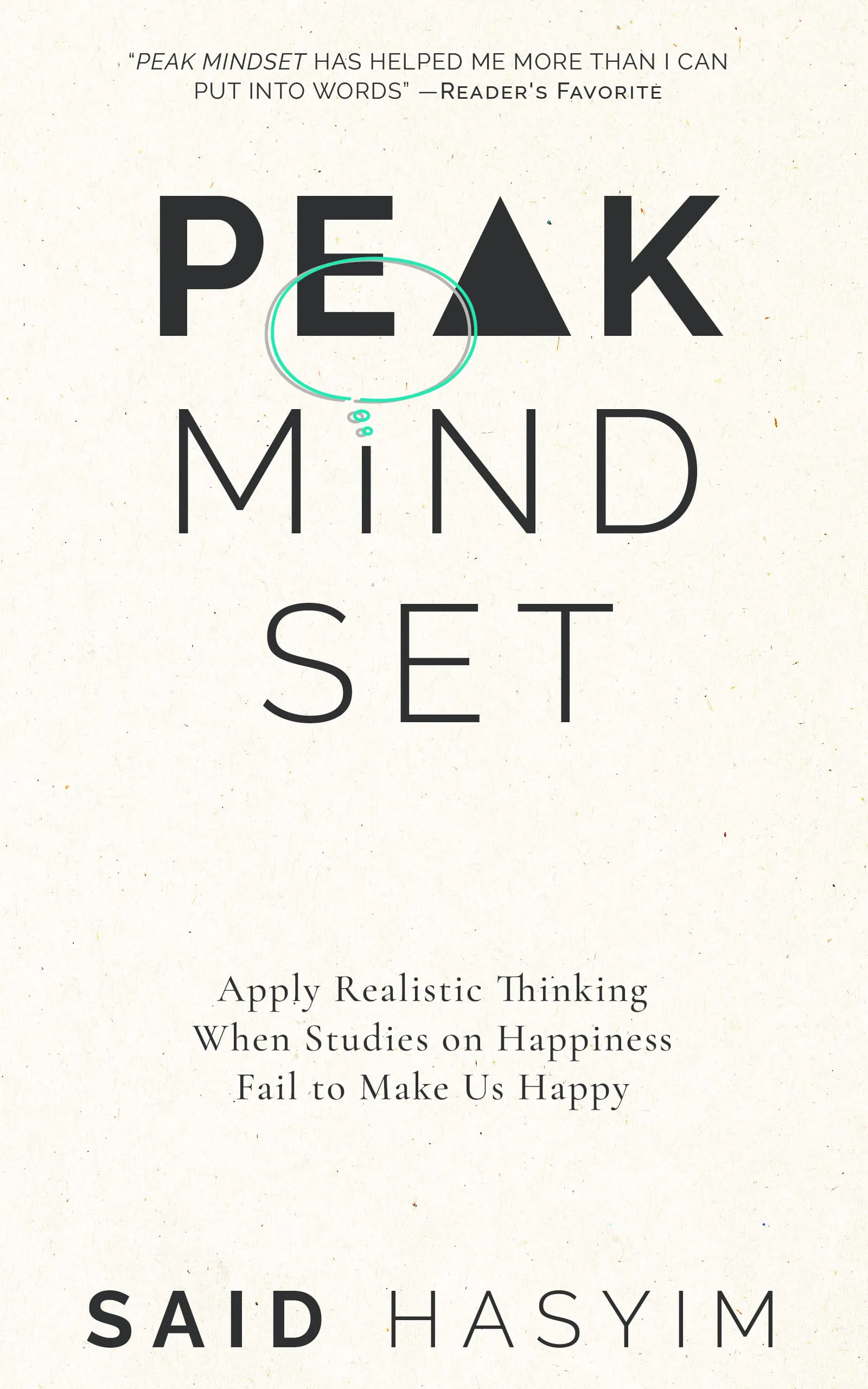The Psychology of Realistic Thinking and Joy
In an age where the pursuit of happiness often feels like a fleeting fantasy, understanding the intersections of realistic thinking and joy becomes essential. We live in a world inundated with ideals and aspirations that can lead to disappointment when expectations do not align with reality. However, there is immense power in grounding our thoughts in realism while simultaneously nurturing a sense of joy. This blog post delves into the psychology of realistic thinking and examines how it shapes our emotional landscape.
What is Realistic Thinking?
Realistic thinking can be defined as the ability to evaluate situations, beliefs, and experiences through the lens of practicality and truth. It involves recognizing and accepting the limitations of our circumstances, while also appreciating the possibilities that lie within them. Unlike overly pessimistic or excessively optimistic mindsets, realistic thinking embraces a more balanced perspective that acknowledges both challenges and opportunities.
Key Components of Realistic Thinking
Acceptance: Embracing reality means acknowledging what we cannot change. This acceptance allows us to focus our energy on what we can influence.
Critical Evaluation: Realistic thinkers critically assess their surroundings and situations. This includes weighing the pros and cons, acknowledging potential downsides, and discerning the validity of beliefs or choices.
Adaptability: When faced with unforeseen circumstances, realistic thinkers are often more adaptable. They adjust their expectations and behaviors in response to changing realities instead of resisting them.
Mindfulness: A key element in realistic thinking is mindfulness—the practice of being aware of and present in the moment. Mindfulness enables individuals to observe their thoughts and feelings without excessive judgment or predefined narratives.
How Realistic Thinking Contributes to Joy
While it may seem counterintuitive, realistic thinking offers a pathway to genuine joy. Here’s how:
1. Reduces Disappointment
When we maintain overly high expectations, we set ourselves up for disappointment. Realistic thinking helps us calibrate our expectations, leading to a more satisfying experience. By accepting the likelihood of setbacks and recognizing that life’s journey is not linear, we cultivate resilience and openness to whatever comes our way.
2. Encourages Gratitude
Realistic thinking prompts us to acknowledge both the good and the bad in our lives. By accepting our reality—flaws and all—we can better appreciate the little victories and joys that might otherwise go unnoticed. Gratitude becomes a natural byproduct of this acceptance, fostering deeper emotional fulfilment.
3. Enhances Problem-Solving Skills
When we think realistically, we are more equipped to face our challenges head-on. This level of clarity can drive us to seek solutions rather than dwell in negativity. The sense of accomplishment derived from overcoming obstacles can contribute significantly to our overall joy.
4. Fosters Authentic Connections
Realistic thinking encourages honesty, both with ourselves and with others. When we present our true selves—acknowledging our struggles and imperfections—we create a foundation for genuine connections with others. This vulnerability can lead to stronger relationships and deeper joy through shared humanity.
Balancing Realism and Optimism
While realistic thinking is integral to emotional well-being, it is equally vital to balance it with optimism. Pure realism can sometimes veer into pessimism or cynicism, leading to an emotional state that lacks inspiration or joy. So how do we cultivate a balance?
1. Focus on Strengths and Opportunities
While it is essential to acknowledge challenges, it is equally critical to identify strengths and opportunities. Engaging in positive self-talk and recognizing your capabilities can build confidence and a positive outlook, contributing to joy.
2. Set Practical Goals
By setting realistic and achievable goals, we foster a sense of purpose and direction. Achieving these goals, regardless of their size, can stimulate feelings of joy and accomplishment.
3. Reframe Negative Thoughts
Training ourselves to reframe negative thoughts into constructive ones can shift our mindset from one of defeat to one of possibility. For instance, instead of saying "I can’t," we can rephrase it to "How can I?" This simple shift opens up opportunities for joy.
The Role of Mindfulness in Realistic Thinking
Mindfulness practices, such as meditation and deep breathing, can support realistic thinking. These practices encourage us to observe our thoughts without judgment, allowing us to differentiate between thoughts, feelings, and reality. With mindfulness, we can respond to life’s circumstances with greater clarity and calmness.
Conclusion
Embracing realistic thinking is a profound step toward nurturing joy in our lives. The fusion of acceptance, critical evaluation, and adaptability provides a framework that not only alleviates disappointment but also fosters gratitude and authentic connections. By balancing realism with optimism and incorporating mindfulness techniques, we can create a fulfilling emotional landscape that celebrates both the beauty and the challenges of life.
In a world filled with fluctuating tides of emotions, let us strive for a realistic outlook that illuminates our path while allowing joy to flourish. After all, joy does not lie solely in the absence of struggle, but in the richness of our experiences and the connections we foster along the way.
Leverage Your Mindset for a Fulfilling Life
Explore Peak Mindset, a book to leveraging your subconscious for a more fulfilling life. Gain insights into realistic thinking, money management, and stress resilience to make informed decisions. Discover pitfalls in conventional happiness advice and practical strategies for self-transformation. Unlock your potential and enhance your overall satisfaction.
